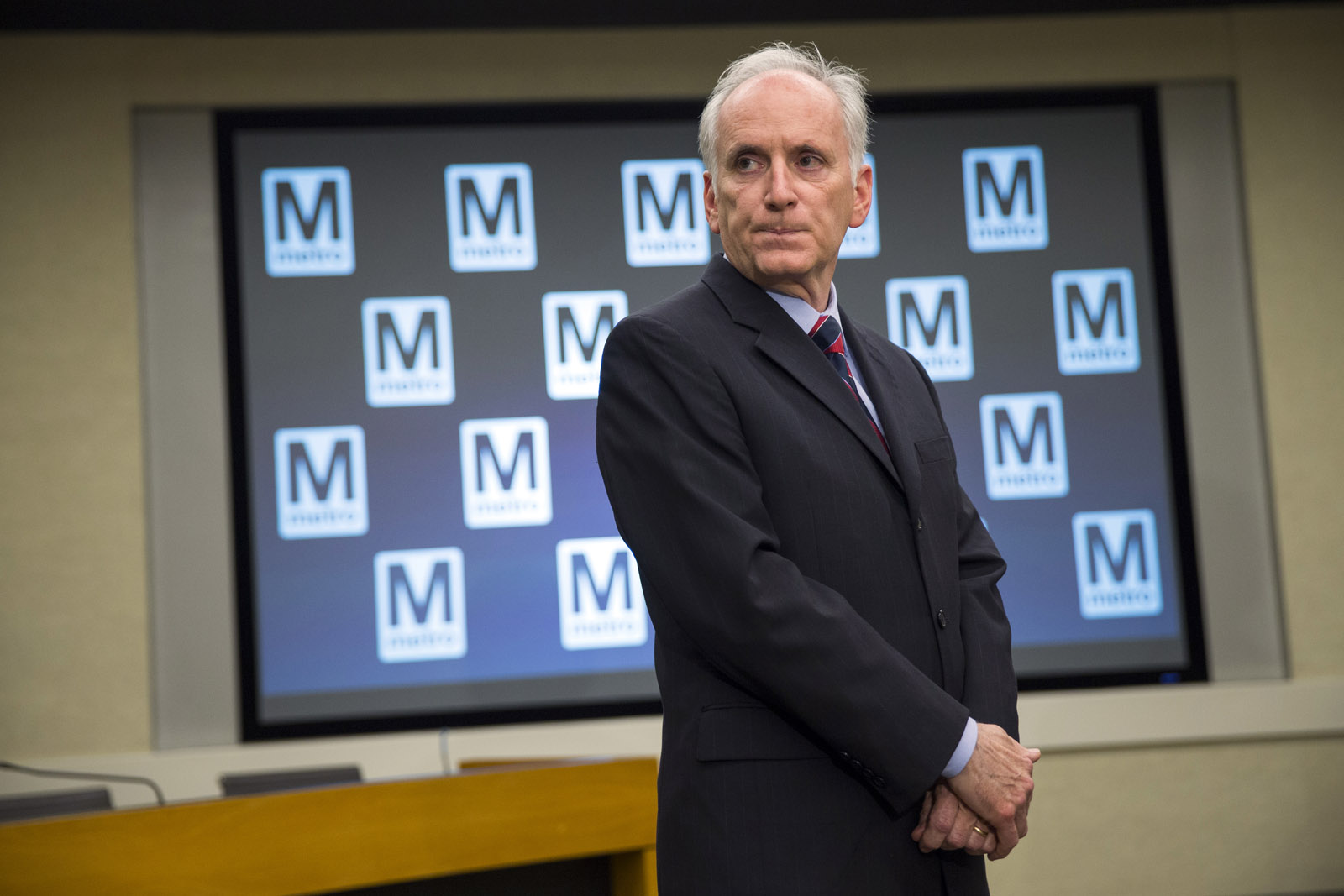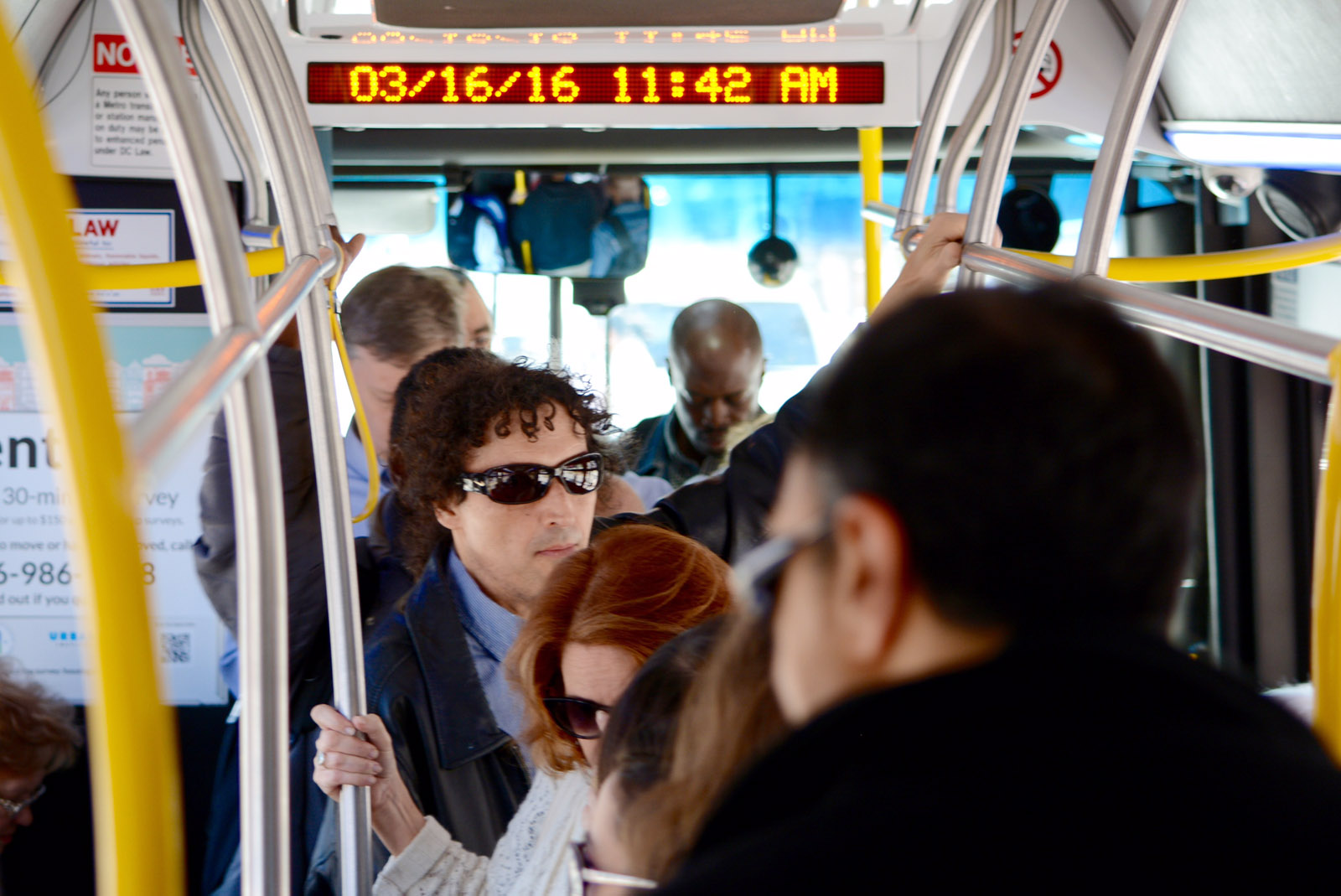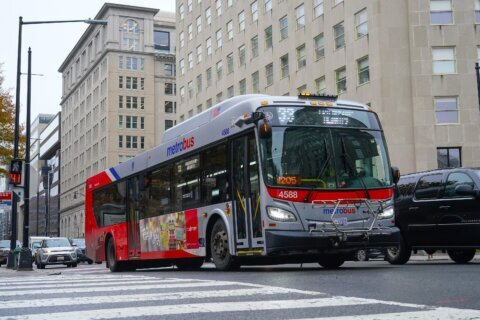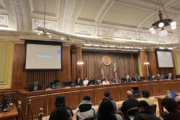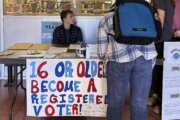WASHINGTON — For everyone from riders facing more delays to drivers who may have to sit in much more traffic, to bartenders or baseball fans stuck without a way home late at night, Metro’s nearly yearlong work beginning this weekend will have wide-ranging effects. But there are some other ways to get around it.
The work
The first major construction work will have the largest impact on Orange and Silver line riders between Ballston and Vienna and Wiehle-Reston East during two weeks of work between Ballston and East Falls Church, an area identified as a priority by the Federal Transit Administration.
There will also be significantly fewer trains than usual to Stadium-Armory. Blue Line trains will remain on normal schedules. And Silver Line trains will run only once every 18 minutes. Metro estimates that will lead to 47 percent fewer trains than usual at rush hour in the area.
Metro suggests all riders take the first available train headed in the right direction, even if it will require getting off on a platform farther down the line to transfer.
Since Metro will run some extra Orange Line trains between Ballston and New Carrollton, riders heading toward D.C. in the morning may be able to find some breathing room by getting off at Ballston and boarding an inbound train from the opposite platform.
Riders through stations between Ballston and Stadium-Armory downtown and between Largo Town Center and Stadium-Armory should also expect to see fewer trains than usual.
Across the system, Metro will shut down at midnight on weekends beginning Friday. The midnight closures are planned to last for at least the next year, but Metro is not offering any additional late-night bus service or other alternatives.
Off-peak riders can also expect delays, as Metro will continue to work on more routine maintenance in other parts of the system alongside the safety surges. Riders who take Metro between 10 a.m. and 3 p.m. or after 8 p.m. weekdays, or on weekends, can also expect to run into work zones.
Northern Virginia workarounds
Metro riders who usually drive to Vienna, Wiehle-Reston East or other stations west of Ballston should consider driving to a different station, because trains will only run from each of those stations every 18 minutes at rush hour. For residents of Loudoun, Prince William and western Fairfax counties, other options include Virginia Railway Express or driving to the parking garages at the Franconia-Springfield, Van Dorn Street and Huntington Metro stations.
Commuter bus services are also an option, including PRTC from Prince William County and Manassas, Loudoun County Transit and the regular Fairfax Connector routes as well as temporary rush-hour express service Fairfax Connector will provide between the Pentagon and the Reston North Park and Ride and Vienna Metro Station.
Prices for the alternative options vary, although parking is free in most cases at non-Metro lots.
One-way fares on PRTC OmniRide buses are $8.30, Loudoun County Transit commuter buses cost $8 with a SmarTrip card; Fairfax Connector fares for the special service will be $4.
Metro is also adding additional 5A buses between the Herndon-Monroe Park and Ride and Rosslyn. The 5A’s usual trips between L’Enfant Plaza, Rosslyn, Herndon and Dulles Airport will remain on their usual schedules. A Metro representative said that riding any of the buses marked 5A will require the full $7 airport bus fare.
For riders who cannot drive or take a bus to a different station than usual, Metro is adding additional bus service on the 2A (Dunn Loring-East Falls Church-Ballston), 3A (East Falls Church-Annandale), 3T (East Falls Church-McLean), 3Y (East Falls Church-Rosslyn-Farragut Square-McPherson Square), 15K & 15L (East Falls Church-Rosslyn), and 26A East Falls Church-NoVa Annandale) lines.
There will also be free shuttle buses between Ballston and East Falls Church and West Falls Church.
From the bus shelters in front of the Ballston station, a number of bus routes can help riders reach destinations without paying the rail fare.
The 1A runs between Vienna and Ballston, 1B between Dunn Loring and Ballston, 1E between Seven Corners and Ballston, the 10B between Hunting Point and Ballston, the 22A and 22C between Ballston and the Pentagon, 23B between Crystal City and Ballston, 23T between Shirlington and Tysons Corner Center, 25B between Ballston and Van Dorn Street and the 38B between Ballston and Farragut Square.
Metro plans to add extra rush-hour buses on the 38B route, which stops at all Orange Line stops between Ballston and Farragut West.
ART Bus in Arlington also has several routes that may provide options: ART 52 (Ballston-Va. Hospital Center-East Falls Church), ART 53 (Ballston-Old Glebe-East Falls Church), ART 55 (East Falls Church-Lee Highway-Rosslyn), and ART 62 (Courthouse-Lorcom Lane-Ballston).
For all of these alternatives, it is important to check the schedules carefully of multiple potential options for the earliest departures in the morning, the service available in the middle of the day and the latest departure in the afternoon or evening.
Metro says its trip planner is updated to reflect this first stretch of 24/7 work, but General Manager Paul Wiedefeld acknowledged Wednesday that Metro will still face problems with equipment such as railcars or insulators that could affect the schedule.
Prince George’s County workarounds
For Prince George’s County Metro riders, there are no additional options during the first work period, despite the major reduction in service between Largo Town Center and Stadium-Armory.
TheBus will run full regular service but cannot add additional buses or routes. And Metrobus has not added any routes.
Blue or Silver Line riders who can get to a different station may want to drive to an Orange Line station between New Carrollton and Minnesota Avenue, because there will be more frequent trains. All of those Orange Line stations have Metro parking garages.
MARC trains from New Carrollton or Riverdale could be another alternative for riders in northern Prince George’s County.
For riders from southern Maryland and some other areas, MTA commuter buses might be the best choice. Routes run from areas such as La Plata and Waldorf to the District.
With all of the complications, more commuters could choose to drive, which regional transportation leaders say could create more traffic jams.
They are ready to adjust traffic lights. And some areas may have special bus-only lanes to try to move more people through more quickly.
Carpooling, group rides and other options
For commuters across the region, carpooling or other shared-ride options may help smooth out commutes through HOV lanes or toll lanes. In Northern Virginia, the options also include slugging.
Drivers new to group rides will need to be sure they have an EZPass Flex to take advantage of a free ride in the 95 or 495 Express Lanes. While those require three people in the car or a toll, the HOV rules on Interstate 66 only require two or more people to use the HOV lane outside the Beltway. Inside the Beltway, I-66 is HOV only toward D.C. in the morning and back in the afternoon.
The transition that will allow solo drivers to pay a toll to use the lanes during an expanded rush hour will not happen until summer 2017.
In Maryland, HOV lanes on Route 50 require two or more people in the car to use the lanes at any time of day. (Maryland also has HOV lanes on Interstate 270 that could see a surge in use during later stretches of track work that impact the Red Line).
Both Maryland and Virginia expect the HOV rules to remain in effect during the Metro work.
What’s next
The situation for many riders on the Silver, Orange and Blue lines is not slated to get better, even after this first surge of work is done because the next work zone also impacts all the three lines.
The round-the-clock single tracking between East Falls Church and Ballston is scheduled to run from June 4-16. Next, Metro plans to shut down the tracks on the Blue, Orange and Silver lines entirely between Eastern Market and Minnesota Avenue/Benning Road. That closure is set to run from June 18 to July 3.
Fairfax Connector plans to run similar special express bus service during that second work period while other agencies plan to announce potential changes later.
The Office of Personnel Management has said that individual agencies will have to decide how best to help federal employees cope with the service reductions.

